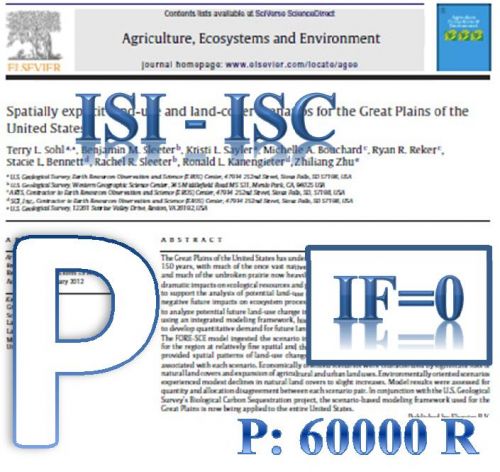Cyanobacteria are well known for their production of a multitude of highly allelopathic compounds. These products have features such as incorporation of non-proteinogenic amino acids which are characteristics of peptides biosynthesized by non-ribosomal peptide synthetases (NRPSs). Some of these peptides have acetate-derived moieties, suggesting that their biosynthesis also involves polyketide synthases (PKSs). Among the photosynthetic microorganisms, cyanobacteria belonging to the genus Nostoc are regarded as good candidates for producing biologically active secondary metabolites. Aiming at the maximization in the production of natural product, we compared autotrophic, and mixotrophic growth at high light intensity of two Nostoc species in relation to the production of bioactive compounds with the antimicrobial activity at different source of sugar. Glucose was shown to be the best substrate for the production of high natural product when compared with sucrose. Also, the rate of biomass production and antimicrobial activity was reaching ~2.0 to 2.5 and ~1.5 times greater than that of the autotrophic and sucrose grown cultures, respectively. Also, we conduct a combined NRPSs and PKSs polymerase chain reaction (PCR). The sequences presented in this study was deposited in GenBank and had accession numbers JF795278 and JF795279 (NRPS A domains) and JF795280 and JF795281 (PKS KS domains). Computer modeling and phylogenetic analysis was conducted to predict the putative amino acid recognized by the unknown adenylation domain in the NRPS sequences. This study highlights the importance of environmental and nutrimental factors in maximization of antibiotic production of two Nostoc species.
کلید واژگان :Peptide synthetase gene, polyketide synthase gene, Nostoc, secondary metabolites, mixotrophic conditions
ارزش ریالی : 600000 ریال
با پرداخت الکترونیک
